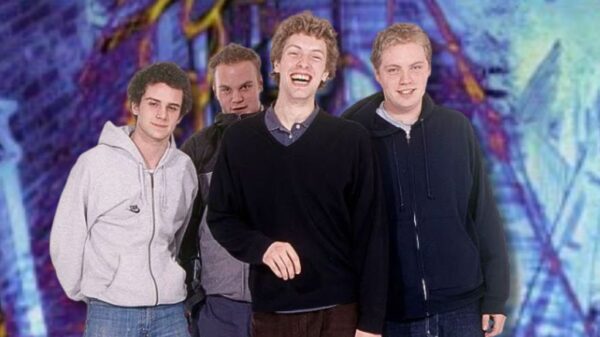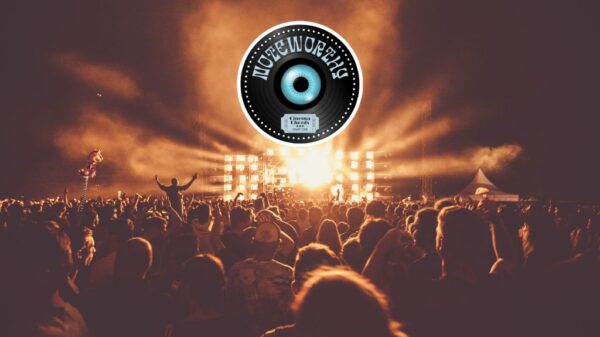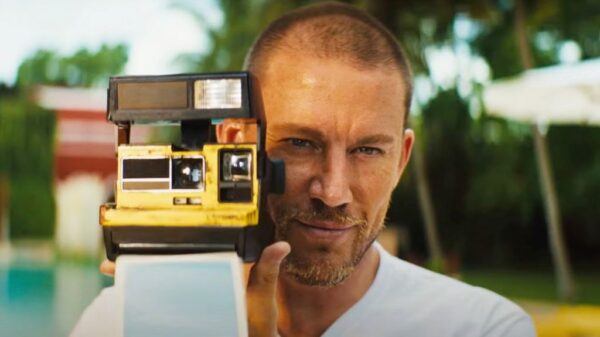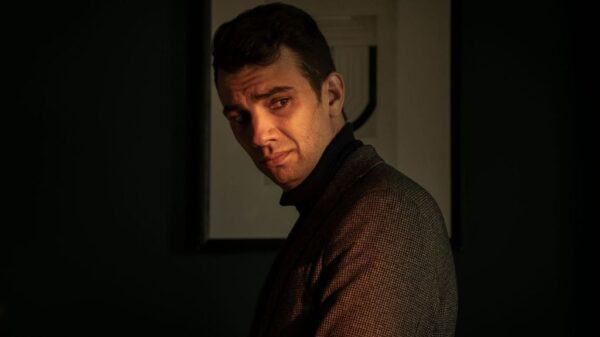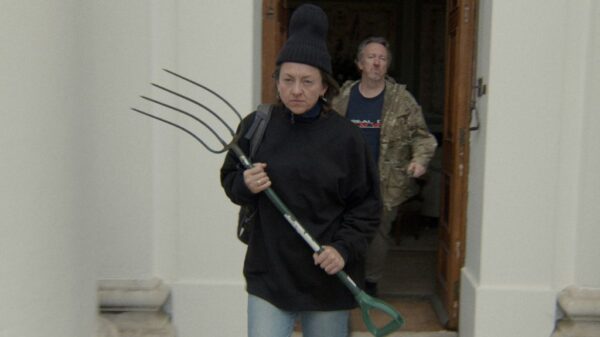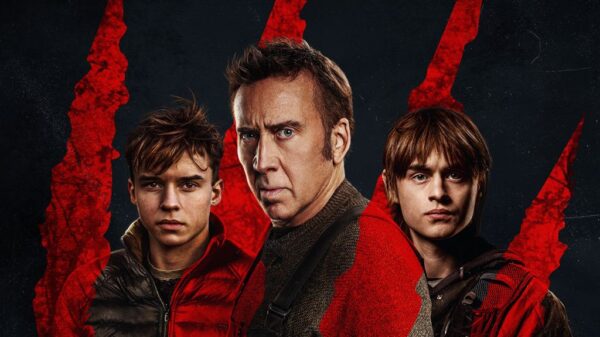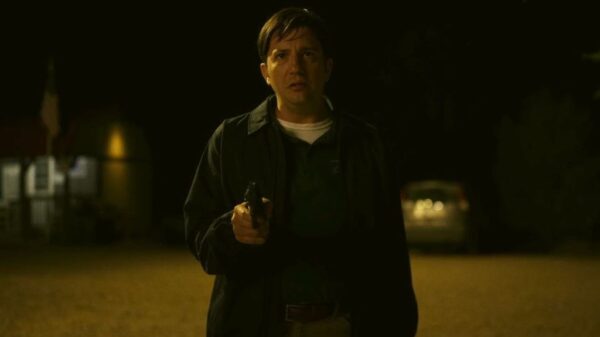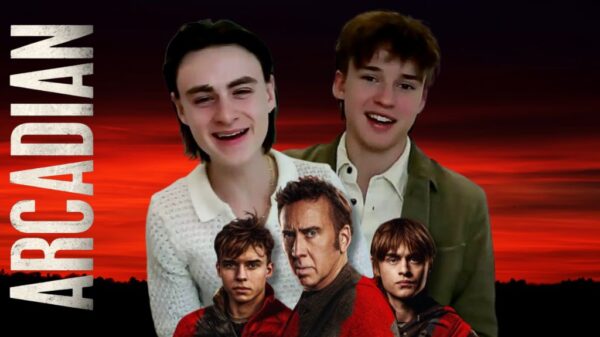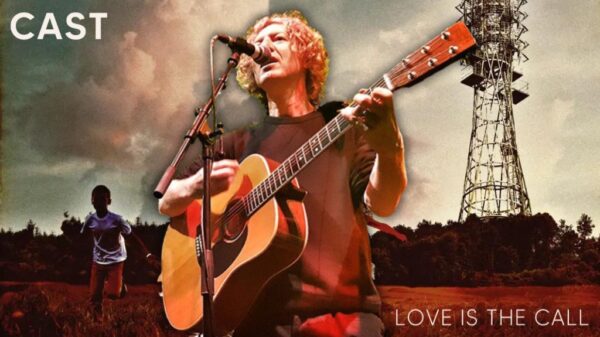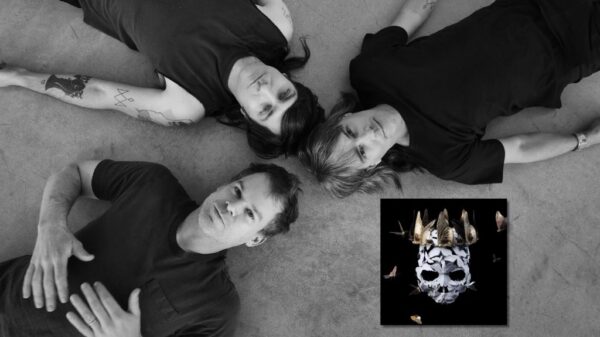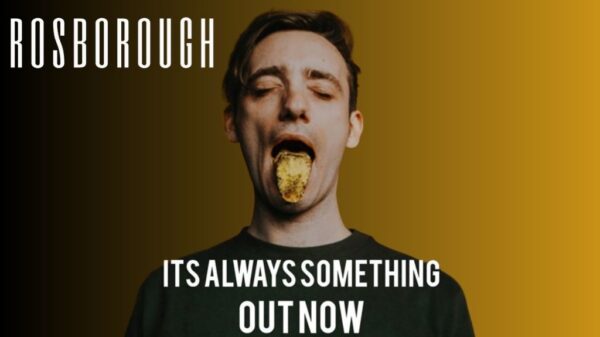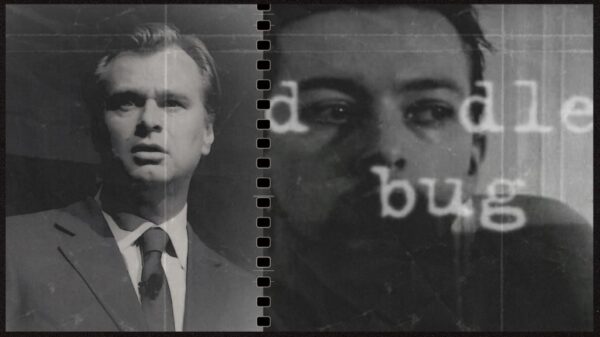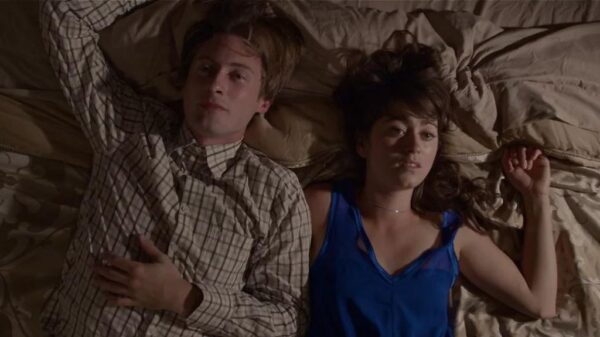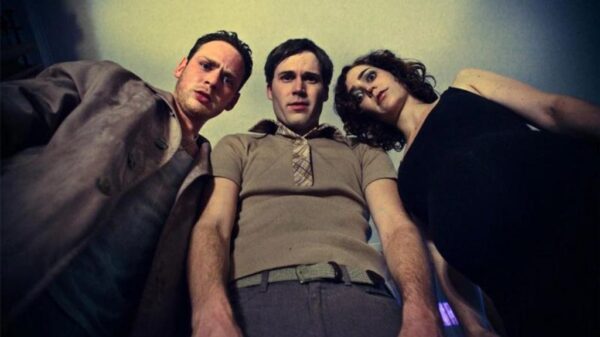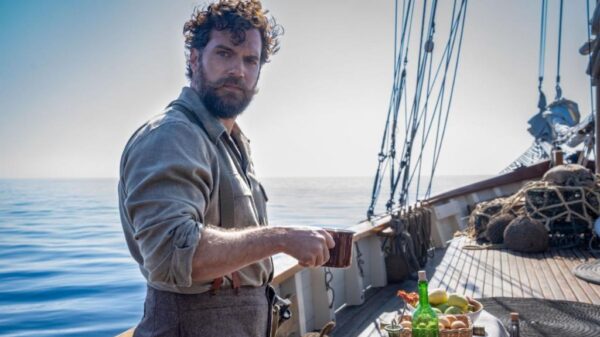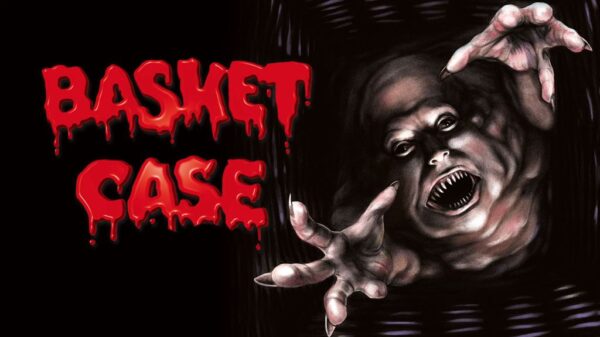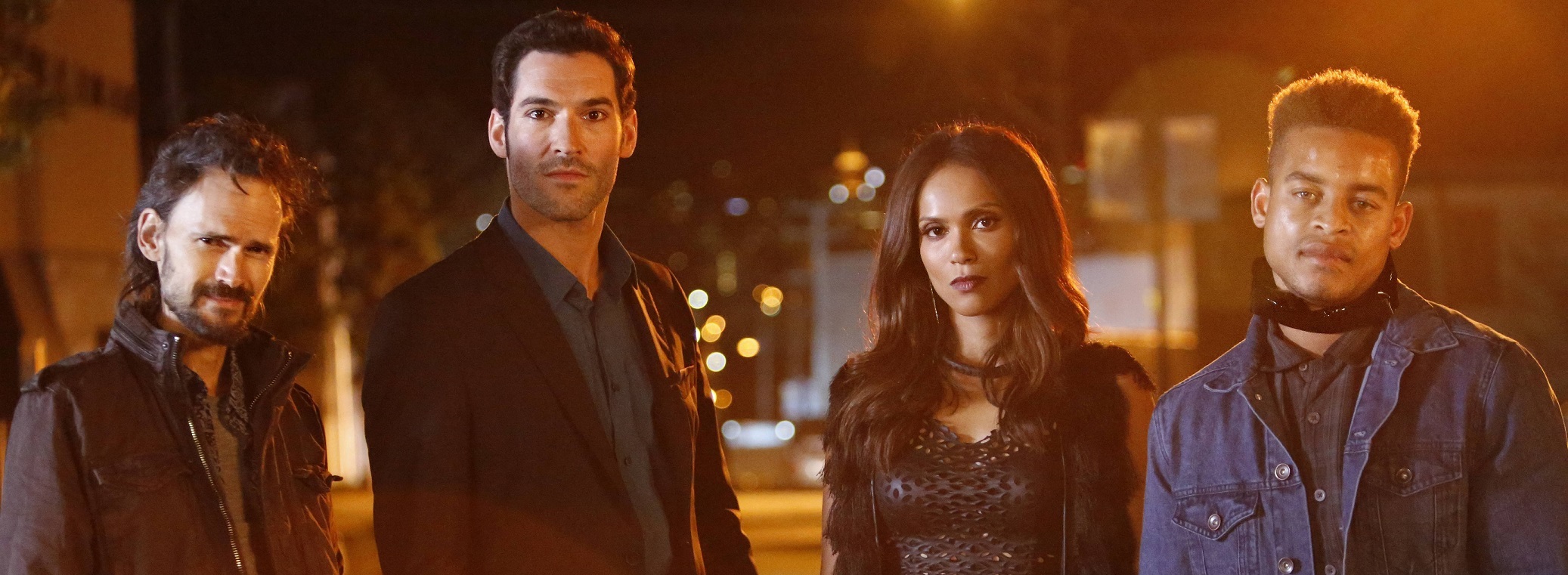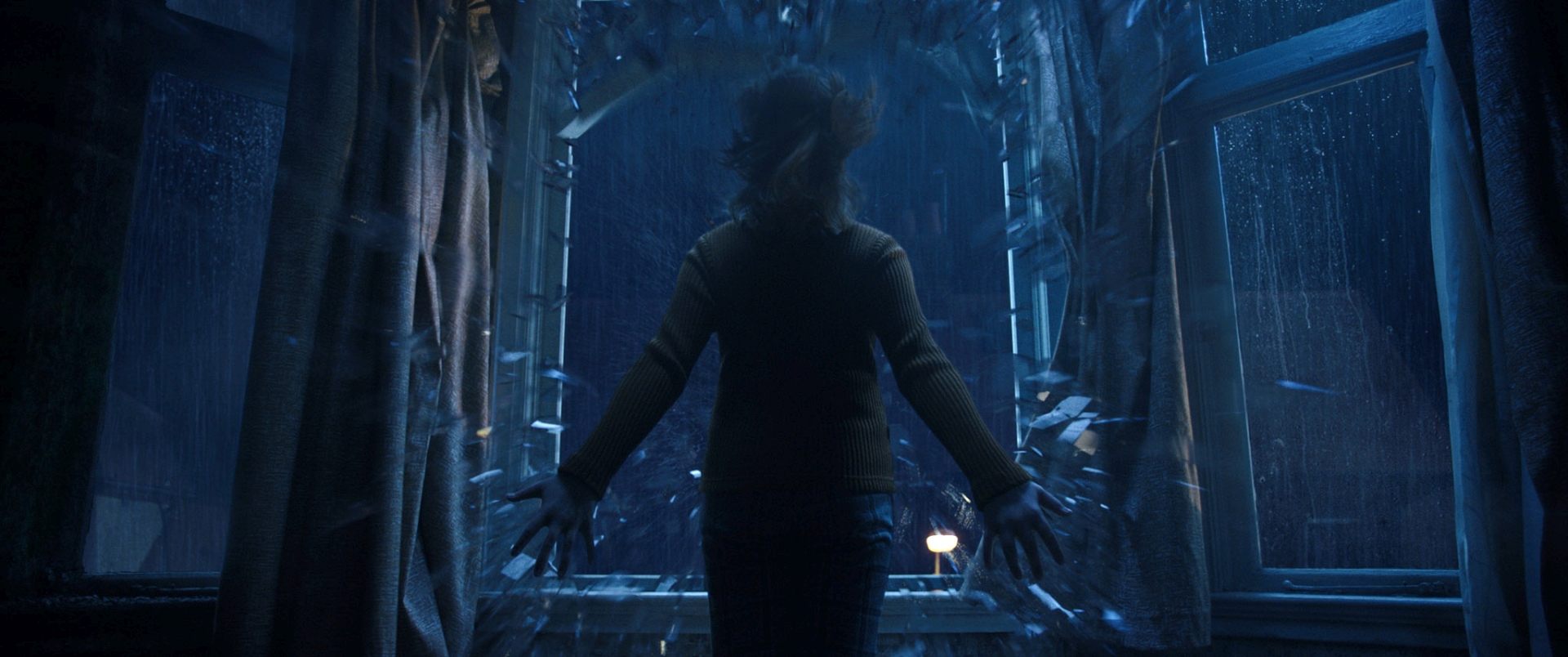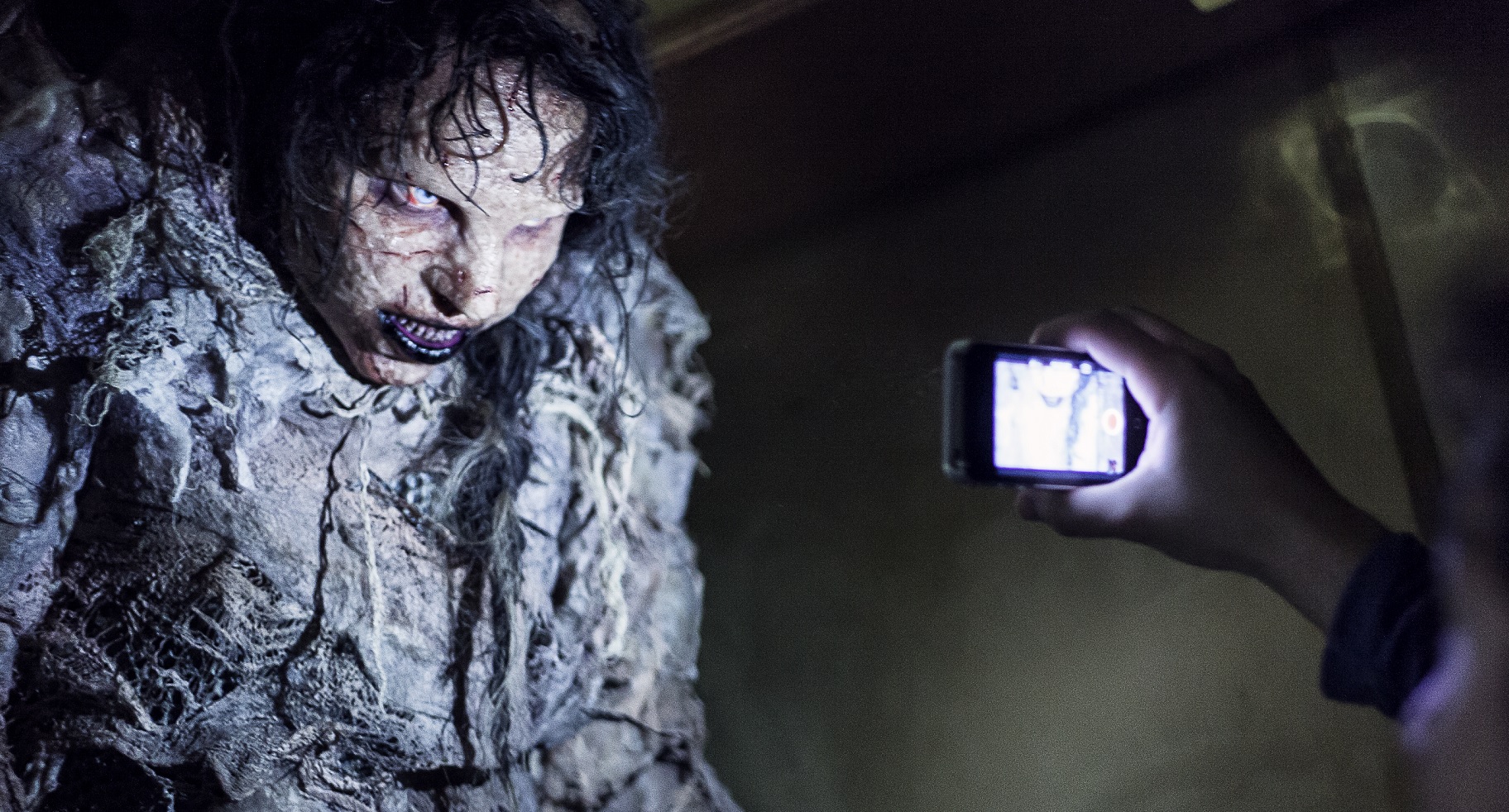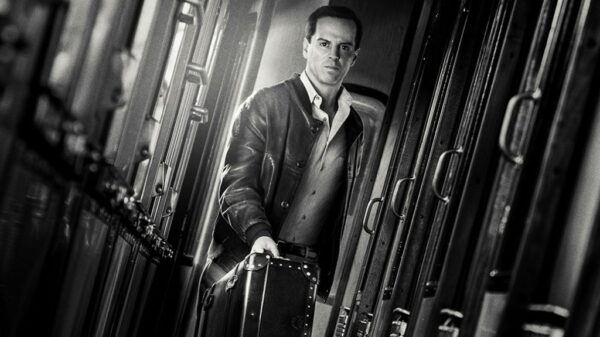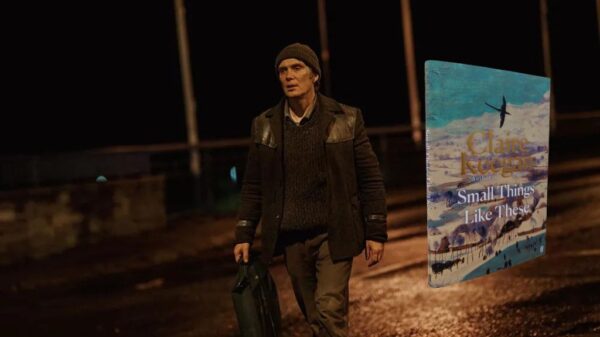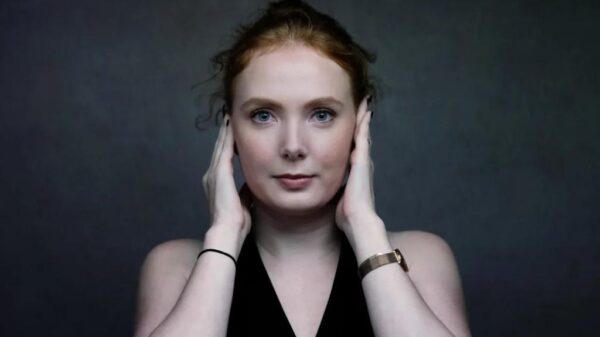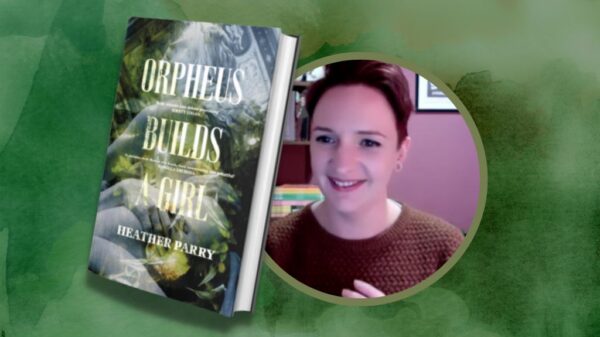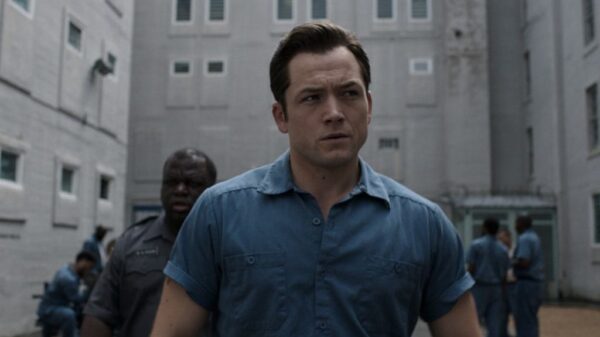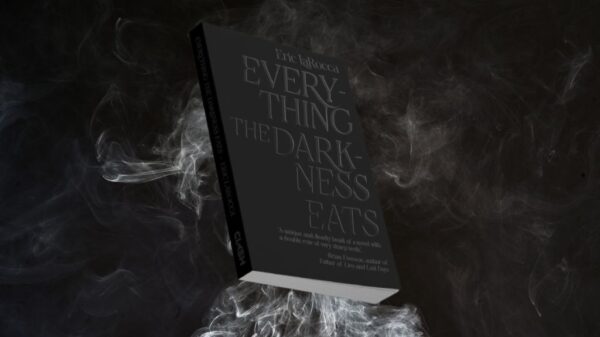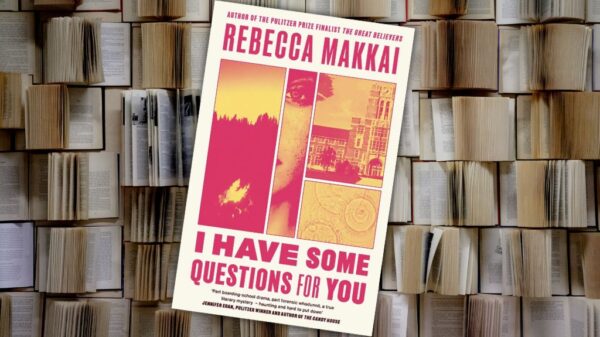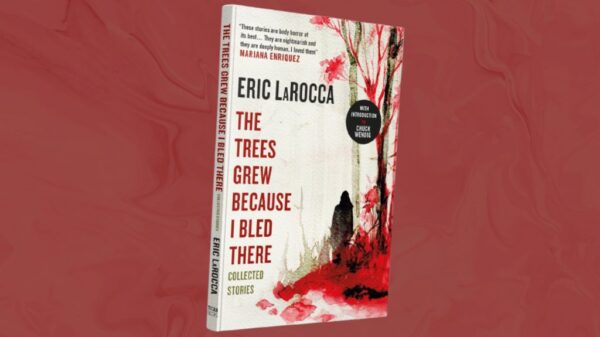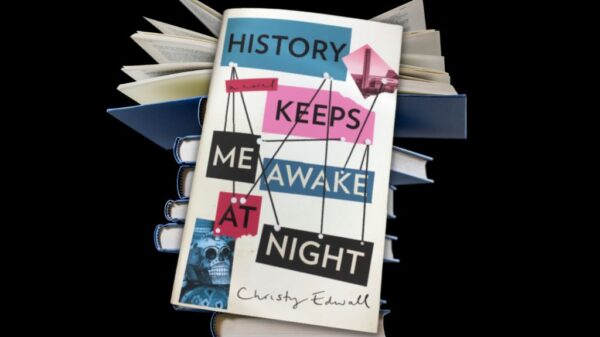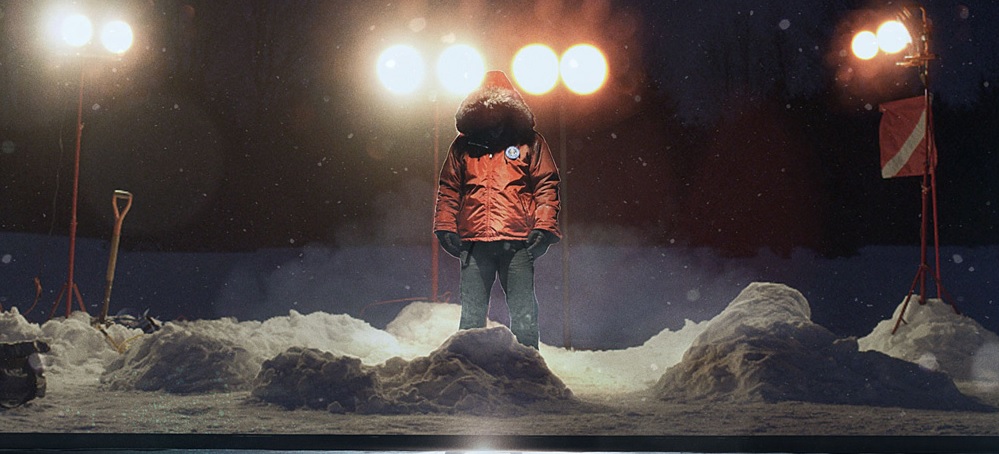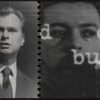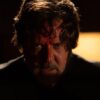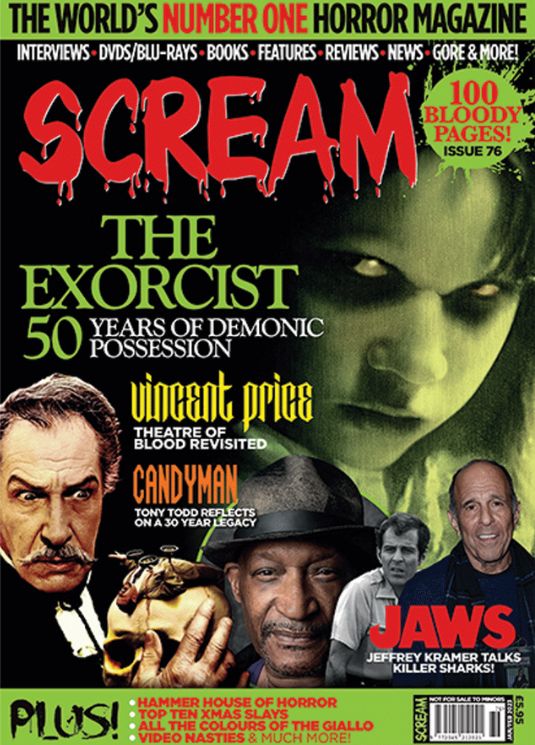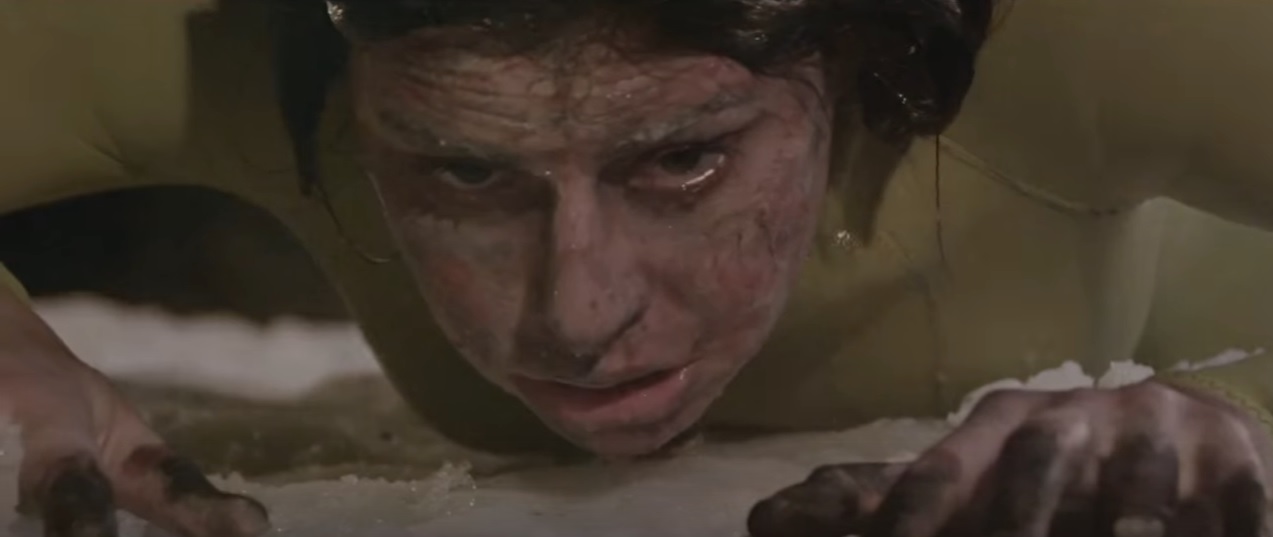THE DARK BELOW is a realistic, creative and terrifying visual achievement. The planning on each level pertaining to the lighting, set design and cinematography are so evident as the world around both Rachel, Ben and their family becomes different levels of frozen hell. Cinematographer Rob Skates offers a truly chilling vision as he captures the survival, terror and hope through a creative eye and skillful technique. Rob took some time out to speak with Jay Kay of Cinema Chords to discuss the scope of THE DARK BELOW, the relationship he shares with the Douglas Schulze, POV, using the RED DRAGON camera and more.

CC: Thank you Robert for taking the time to talk with me and Cinema Chords about THE DARK BELOW. First, how did you get involved with Douglas Schulze, was MIMESIS the first project together? What does Douglas’ vision, preparation and overall filmmaking style offer to you?
Rob Skates: I’ve known Doug Schulze for almost 20 years. I did some some additional photography on his film DARK HEAVEN. I was also the camera operator on DARK FIELDS and MIMESIS. I’ve photographed a few music videos for Doug as well. We’ve developed a great working relationship over the years and projects. We share a similar aesthetic. I work fast and take a very simple approach which seems to compliment Doug’s detailed preparation. His storyboards and references are always concise, creative and flexible. When a director is prepared, and knows the material it’s easier to take chances and allow the unexpected to inspire you to do something not planned for.
CC: Since 2008, you have been the cinematographer for eight short films. Does that experience of working short form film, which you would think is a shorter shooting schedule, smaller budget and such, affect the way you approach a feature film?
RS: When I became a Dad 8 years ago, I decided to concentrate on short films over features. The decision was really about spending more time at home with my family. The shorter prep and shooting schedule of a short film just seemed a better fit. What I have found with shorts is a greater opportunity to experiment. The short form often requires a bolder approach. You simply don’t have the screen time to design a look that slowly builds or reveals itself. Many of the ideas I’ve first introduced in shorts have made their way into the handful of features I’ve done over the last few years. There is a sense of urgency I feel when approaching a short film. Every shot takes on a greater importance and must push the story forward. The notion that every shot has purpose is something that influenced my work on The DARK BELOW.
CC: Where were the challenges for shooting the summer sequences, winter sequences and underwater? Which setting tested your skill as well as creativity? Was Michigan as much fun as we think it would be?
RS: Shooting a film that takes place over 2 seasons in Michigan, in and around water was an example of simply getting lucky. The winter of 2014 was particularly cold and snowy. The polar opposite of 2017. We had plenty of snow on the ground which gave us more than a few options for locations. We shot mostly in order for the winter exteriors. The temperature was just above freezing the first day and got colder every day as we transitioned in to nights. It was a challenge made much easier by the preparation of 1st A.C. Sebastian Boada and 2nd A.C. Lyndsay Cwiertniewicz.
The underwater scenes were a first for me as a DP. I operated the camera for all the winter and flash back scenes including some shots in a swimming pool. The underwater scenes were operated by 1st A.C Sebastian Boada. I really didn’t want to operate underwater. Sebastian seized the opportunity. He took the scuba certification course along side Lauren Shafer. I couldn’t have been more pleased with his operating or more relieved I didn’t have to put on the scuba suit.
During our preproduction meetings, the question that Doug and I wrestled with the most was what aspect ratio shoot in. We both were leaning toward 2.35:1 but we initially felt the wide frame would feel less claustrophobic. We thought 1.85:1 would feel more confining. The more we thought about 2.35 the more we came to see the opposite could be true. In closer shots, the wider frame would allow us to see that Rachel was always surrounded by water or snow. Even in very tight on her face the elements would part of the frame, no escape.
CC: How do you visually create the fear, claustrophobia and isolation in this film?
RS: The approach Doug and I developed to shooting the two characters hinged upon how we covered Rachel. The idea was to always be in it with her. If she was crawling through the snow the camera should be down there with her. We tried to be in close with her on wider than normal lenses so the we could see the horror and pain in her face while also keeping enough of her arms and legs in the frame to give a feel for the struggle. With Ben, we tried to be a bit more distant, detached. Dave Brown had the difficult task of playing a character who is in turns charming, cold and violent. His coverage needed to avoid making him look sympathetic.
CC: What were the conversations like with Douglas pertaining to filming each of the main characters? How much did spacing and levels play into their overall presence within the lens?
RS: Going in to the project Doug and I discussed the importance of slowing the action down. Everything slows down in the cold. Winter lakes are very still. With the absence of dialogue the visuals took on more importance. Slow motion was always part of the design. The amount of it we ended up shooting was not part of the plan. After we did the first few overcranked shots we just fell in love with the operatic, tragic feel of it. We needed to increase the exposure to support the high frame rates. The art department dressed the location with work/dive lights. Having practical lights in the shot saved us. With the exception of two or three shots, the entire film was handheld. Slow motion helped take some of the edge off the handheld. One of the biggest benefits of the slow motion has making every minute we had Lauren on set last longer. The snow and ice were particularly tough on her. Her suit was not a cold suit. We shot at 96 frames per second and got up to 200 FPS for a good number of shots as well. So, we were getting between 4 and 8 minutes of screen time for every minute Lauren was out in the cold.
Two of the more interesting scenes to shoot involved Rachel struggling with and suffering from the effects of the elements and her final attempt to survive. To show how devastating the prolonged exposure to snow, ice and water we needed to see Rachel in the water and right down in the snow. It was a fairly technical shot for Lauren. She had to emerge from the frozen waters, crawl, and remove her gloves and in very difficult conditions. We covered it a few different ways, from above and down in the snow with her. I found early on that the most dramatic shots of Rachel were when we put the camera just in front her down in the snow. Every reach, grasp and outstretched hand would be right at the lens, toward the audience.
CC: Knowing that many of the sequences filmed would be slowed down for impact on different levels, what was the thinking going into those scenes to make sure you captured the right angle, lighting, framing the scene for full movement or allowing space for the action to develop?
RS: Rachel’s struggle with Ben is at times a a waiting game, in other moments it’s a violent battle. As this fight reaches its conclusion Doug had some definite ideas on how to use the staging and positioning of the characters to hide and reveal moments and action for dramatic effect. A well designed shot that can play with few cuts is way more effective than using a cut to shock the audience.

CC: There are two scenes I would love your thoughts on. The first is the frostbite scene and capturing the visual impact of Rachel coming out of the water. Also, the framing of Ben attempting to strangle Rachel while Rachel reaches for the knife in the final act. I was blown away by how they came together with lighting, shadow, character placement and more. Talk to me about them?
RS: The Dark Below exists on two levels. We see Rachel’s struggle to survive and we see flashbacks to what lead us to this place. The present day in which Rachel is fighting to survive Ben’s attack plays out in various frame rates, with multiple cuts. The flashbacks exist in a normal framerates almost entirely as continuous takes with no cutting. The underwater scenes also have a distinct approach. The plan was to be in close to Rachel with a very shallow depth of field. The camera movement would be very minimal, almost still or frozen.
 CC: In the first act of the film, what was the planning and movements with Rachel’s POV scenes during the film? What was it like shooting underwater as well as also above looking at Rachel through the ice?
CC: In the first act of the film, what was the planning and movements with Rachel’s POV scenes during the film? What was it like shooting underwater as well as also above looking at Rachel through the ice?
RS: We had to establish not just that Rachel was in the water. We also had to show her under the ice. This was accomplished with two shots. In one we look down through the ice from above. In the other the camera is just under the surface of the ice in an air pocket as Rachel struggles to breath. The shots are practical effects done in the water. The most difficult aspect of this was not being able to preplan. For many of the ice and water shots we didn’t know how things would play until we were in the moment, in the space. We made some well researched guesses, but sometimes weren’t sure until the camera rolled.
CC: The color is very vivid at times and the visual of the ice almost looks like stain glass while other times it represents the visual emotion of the character in their clothing and the illumination of against the white of the winter. What was the thinking with the colors of the film? What was the relationship and conversations like with Douglas pertaining to the coloring palette in the cinematography?
RS: Winter can be surprisingly monochromatic. White snow, gray skies and trees stripped of their fall colors often becomes something of a grayscale. That is something we embraced for The DARK BELOW. Doug and I referenced many films for their winter look. Roger Deakins work on FARGO was very influential. The colors we do see come not from nature but from production design and wardrobe. The wardrobe is particularly interesting and an example of how involved Doug is in the design of various facets of his films. The yellow dive suit Rachel wears and Ben’s red coat are not the first prominent use of those colors in one of Doug’s films. Those colors are also featured in DARK FIELDS.
CC: How much did the RED truly affect THE DARK BELOW?
RS: The DARK BELOW was photographed with the RED Epic Dragon camera. With the amount of handheld in the film, I normally would choose a larger, more heavy camera. A well balanced, heavy camera really sits well on the shoulder. The weight and mass add stability and inertia. The flashbacks played mostly from the shoulder. The scenes on the snow and ice were a different story. The camera would start on my shoulder but quickly become cradled or held by the handle low, just above the snow. The small size and modest weight of the camera helped us evolve the style of our coverage as we learned what we could and couldn’t do in the elements.
CC: What is next for you and where can we find out more?
RS: Now that my daughter is a little older I’m looking forward to shooting more features. I’m signed on to shoot a feature later this year.
(Images from Yahoo and Google)
Follow Jay Kay on Twitter @JayKayHorror

